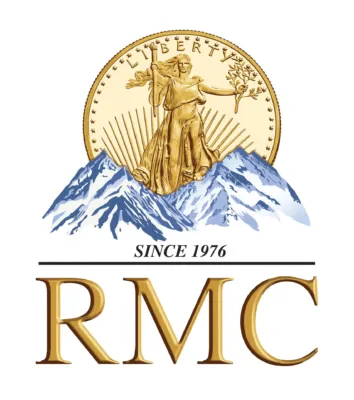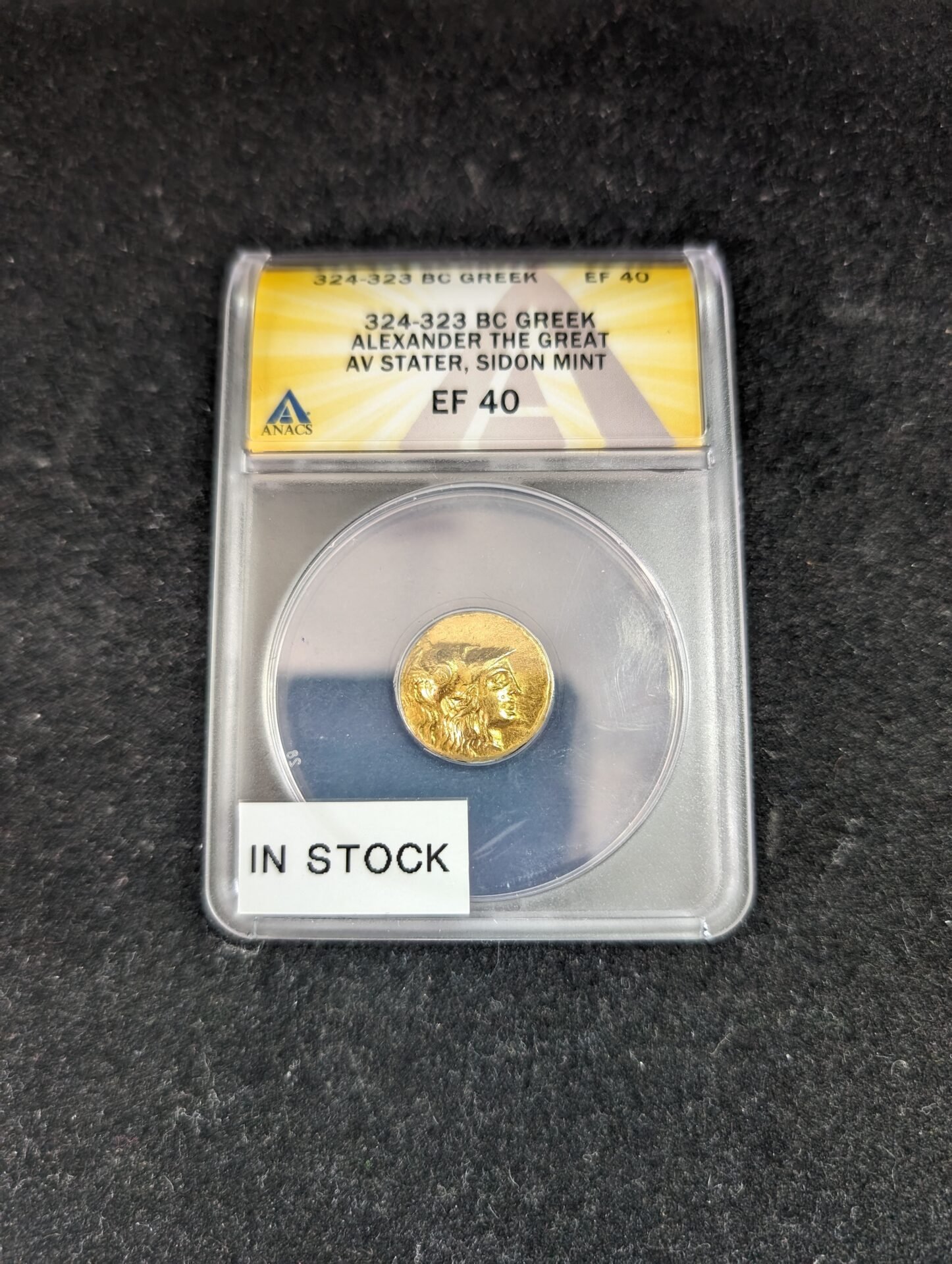Colonial paper currency was circulated in the American colonies during 17th and 18th centuries. Paper currency from the period was issued in a variety of forms and denominations. Here’s a quick guide to the first paper money traded for goods, debts, and services in the colonies.
Paper Money Issued by the Colonies
Before the individual American colonies began issuing paper currency, the Colonial economy relied on foreign coins issued by Britain and European countries. Massachusetts was the first colony to issue its own paper money in 1690.
Soon, all of the original colonies produced paper notes of their own. Since the young colonies had no mutual treasury or gold stores, colonies generally based the value of their notes on Spanish dollars and British pence, shillings, and pounds.
You can collect Colonial paper currency from the following colonies and young states:
- Delaware
- Pennsylvania
- New Jersey
- Georgia
- Connecticut
- Massachusetts
- Maryland
- South Carolina
- New Hampshire
- Virginia
- New York
- North Carolina
- Rhode Island
- Vermont
- Louisiana
Each of the original colonies operated with its own individual and independent government, so the currency valuations and forms were unique to each state.
Paper Currency Issued by the Continental Congress
To finance the Revolutionary War, the Continental Congress began issuing paper notes known as Continentals. The first Continental notes were issued in 1775 with a total combined value of all notes equaling $3 million dollars. When redeemed, the earliest Continentals were paid in Spanish dollars or the same value in gold or silver.
The notes were not backed up by gold or silver. The value of Continentals was based on tax revenues the Colonial Congress expected to receive from the individual colonies. The Continental Congress issued the initial 1775 paper notes in several different amounts.
Continentals, like all Colonial paper notes, were easy to counterfeit by unscrupulous printers. Devaluation affected the paper currency almost immediately after the notes were issued. Today, some Continentals fetch a tidy sum that would have stunned the colonists, since they considered Continentals in their day to be nearly worthless.
Continentals were issued until 1779. Notable printers including Benjamin Franklin produced the notes as part of the war effort. Modern collectible values of Continentals, as with the values of printed Colonial currency in general, depend on the rarity of the paper currency and the signatures made on the notes by notable patriots of the period.
Some counterfeit Colonial notes are worth more than the originals. The British attempted to disrupt the Colonial economy by issuing tens of millions of dollars of Continental notes. Today, the British counterfeit notes are rarer than authentic Continentals in some cases and may fetch double the price of originally issued Continentals of the same denominations and dates.
Reasons to Collect Colonial Paper Currency
There are several compelling reasons to collect Colonial-era paper currency. The paper notes serve as historical documents and reveal the people and institutions that were instrumental in developing the young America. As historical pieces, the Colonial paper notes make wonderful gifts for educators and history buffs.
People who have deep love and pride for their states collect their individual states’ Colonial notes for sentimental reasons. Collectors can choose from notes issued by colonies and by some of the growing cities of the Colonial period. Individual or grouped Colonial paper notes are wonderful decor enhancements in restaurants and businesses that emphasizes individual state or Colonial themes.
The lettering and illustrations on Colonial paper currency make the notes pieces of art in their own right. Colonial currency features depictions of buildings, patriotic vignettes, and people of the period. The notes make interesting conversation pieces as well as prime examples of early printing methods and illustration styles in the colonies.
Some collectors of Colonial paper currency enjoy collecting a note from each of the 13 colonies. Other collectors seek out signatures from individuals they admire or about whom the collectors have a fascination. Notable persons including Paul Revere engraved and printed many of the Colonial notes. A collector can concentrate on acquiring one of every note issued by an individual colony or one of each denomination issued on a certain date.
Ways Experts Help Find and Verify Colonial Currency
Collectors of Colonial paper notes sometimes unknowingly purchase reproductions of Colonial paper currency. Numismatic experts can help you research the serial numbers of paper notes to check the authenticity of the currency before you purchase the notes.
Your rare coin and currency dealer is the best source of expert knowledge on Colonial notes, Continentals, and British counterfeit notes. If you’re searching for a particular denomination or issue of paper currency from the Colonial period, the coin and currency dealer will be on the lookout for the note. The dealer has many contacts to help you source the currency you wish to add to your paper currency collection or present as gifts to loved ones.
Start or add to your collection of Colonial paper currency by contacting Rocky Mountain Coins today. We have store locations in Denver and Greenwood Village, Colorado, and our helpful, trained staff are always happy to answer your questions about all types of paper currency.




